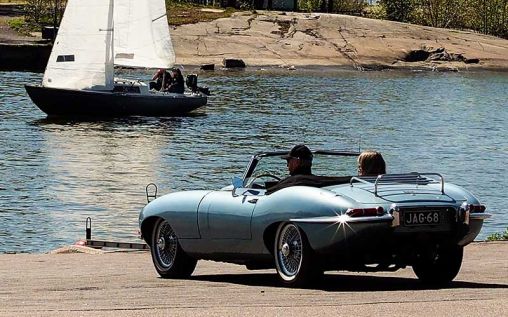Driving A Car vs Driving A Boat: What Are The Big Differences?
Posted by admin at 16 December 2023, at 13 : 06 PM

There’s one obvious difference between driving a car and driving a boat: one is on land and one is on water. But what else is different? Are they more similar than we think? After all, both have a wheel and are powered by an engine. This post takes a look at some of the big differences.
Licensing
Pretty much every country in the world requires you to obtain some form of driver’s license before you can drive a car alone. And this usually involves taking driving lessons and a driving test.
Boat license laws are a bit more complicated and vary massively around the world. In some countries, you can operate a boat with a driver’s license for a car. In other countries or states, you need to take a course and obtain a boating education card, which you have to carry on you like a driver’s license. In other countries, no formal training is needed to operate a boat, however there are other permits and licenses regarding owning a boat or using a radio or having certain safety equipment.
Navigation
In a car, you’re restricted to roads and highways when planning your route. Where you can drive is much more structured.
This is not the case with a boat. Over a section of open water, you can take any route you want. That said, it’s important to look at nautical charts and read signs, as there could be some areas of water you cannot sail in (which may or may not be cordoned off with buoys) or obstacles you must avoid.
Right of way
On the road, there is a legal right of way that has to be followed. This varies slightly from country to country.
On the water, there is no legally enforced right of way in many places. However, if two similar vessels are traveling toward the same point at the same speed, there will usually be some kind of etiquette in place (usually if a boat is approaching from the starboard (right), you are expected to give way). Faster and easier to maneuver vessels are also expected to move out of the way of slower and more difficult to maneuver vessels (for obvious reasons).
Weather conditions
You usually don’t have to worry about wind in a car (unless it’s particularly bad). In fact, the only time when the conditions may not be safe is if it is very icy or flooded.
When driving a boat, you are much more at the mercy of the weather – particularly the wind, which will affect you and the sea. It’s very important to regularly check marine forecasts so that you can decide if it’s safe to go out on the water. Factoring in wind is particularly important when using a sailboat.
Throttle/brakes
Both a car and an engine-powered boat accelerate using a throttle. However, in a car you use a pedal, whereas in a boat you typically use a throttle lever.
Perhaps the biggest difference in control is the use of brakes. Cars have brakes, allowing you to quickly stop them. Boats do not have brakes and therefore the stopping distances are much greater – you typically have to ease off the throttle, move into neutral and then use reverse gear to come to a stop. Even then, you will continue to drift unless you put down the anchor or tie the boat to something.
